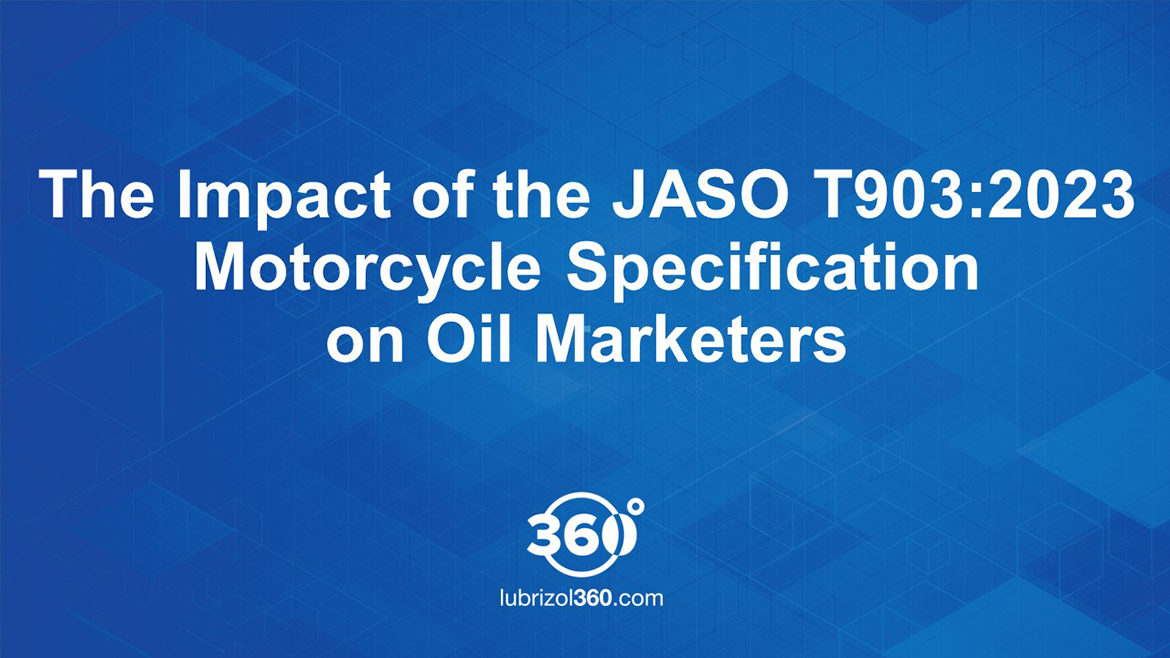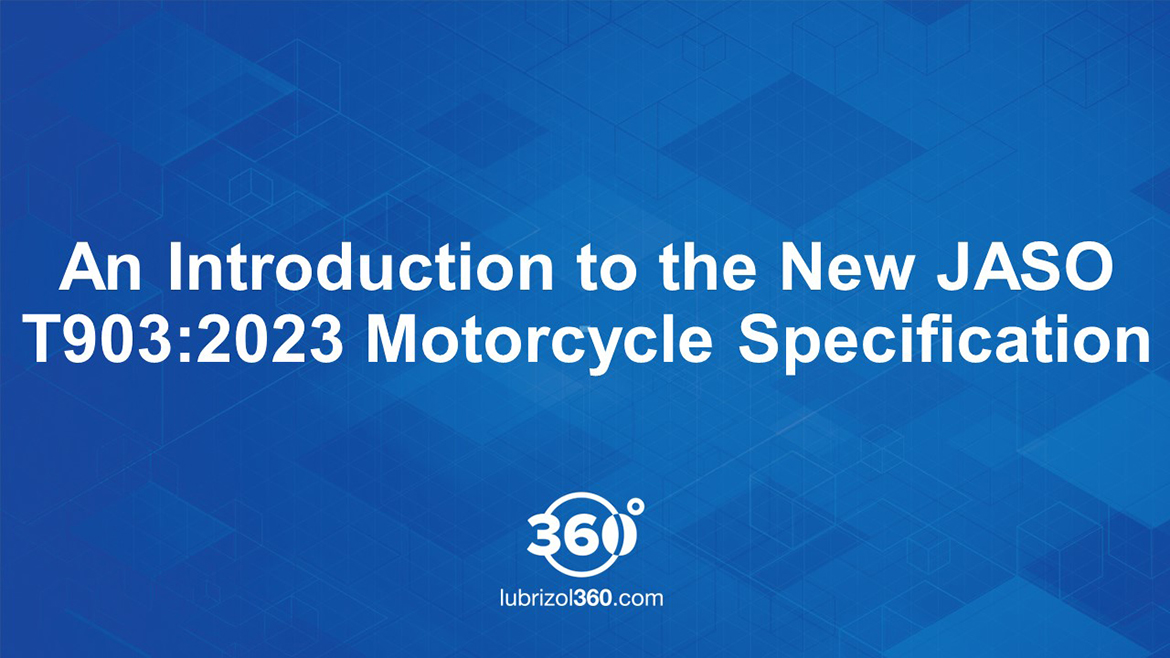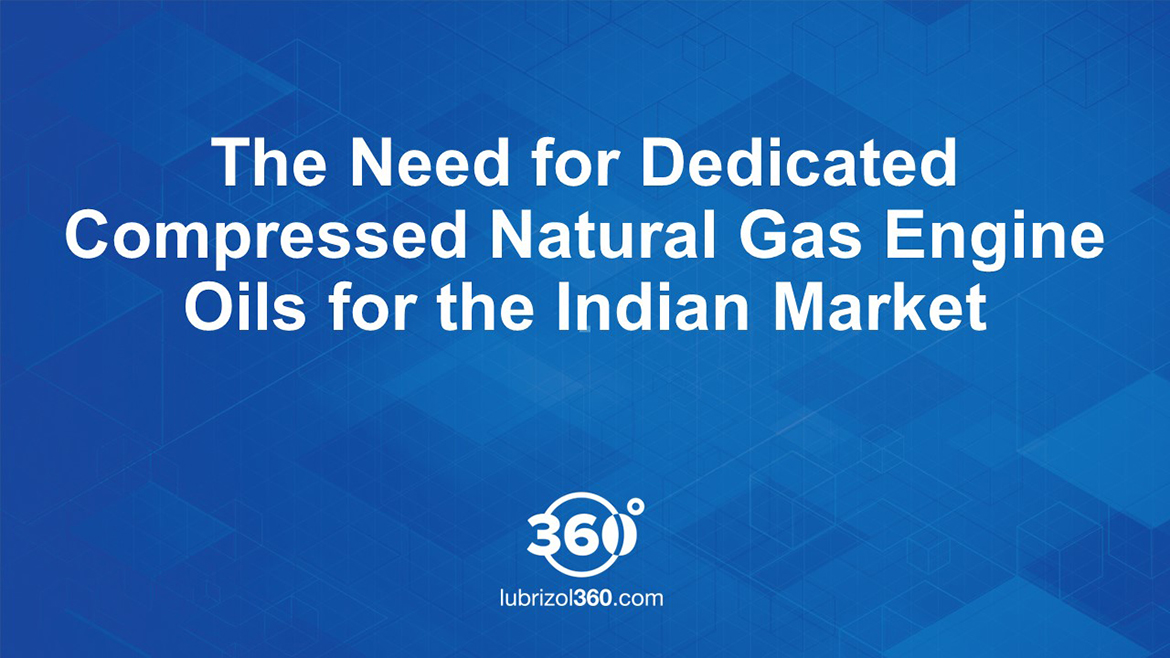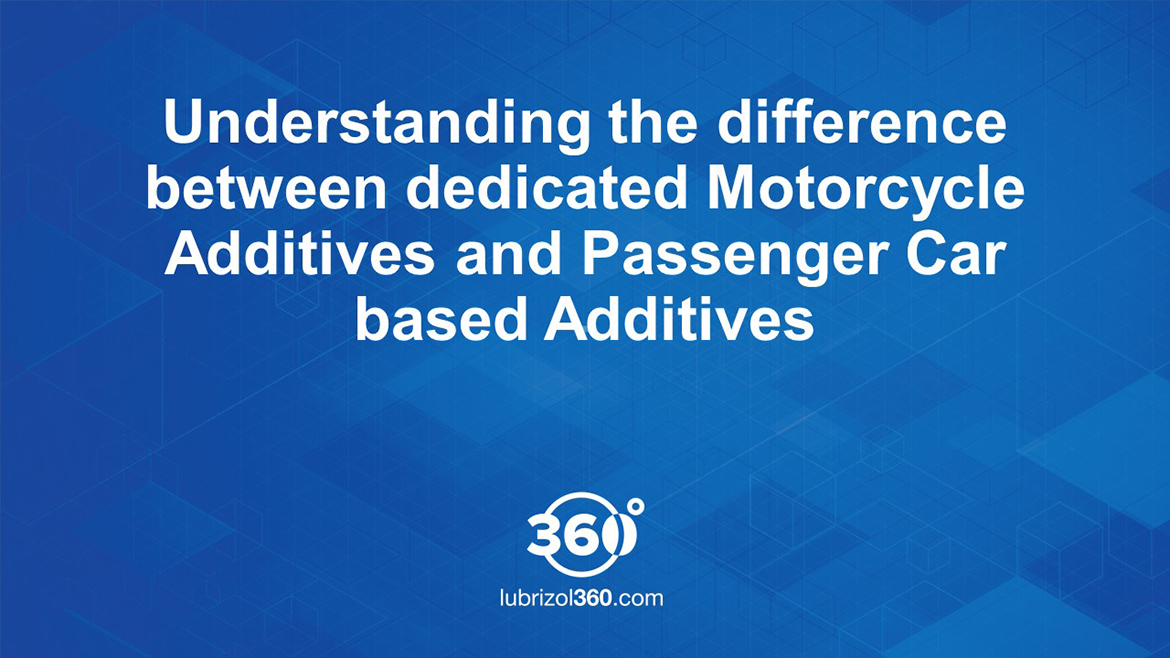In 2020, Europe & India will both move to tighter emission standards – Europe will launch Euro 5 in January 2020 and India will launch Bharat Stage (BS) VI in April 2020. The impact of these changes is that two-wheeler Original Equipment Manufacturers (OEMs) will be looking to upgrade their hardware to meet the new standards. Given economies of scale for manufacturing, the upgraded hardware is likely to be deployed around the world, even where these emission standards are not formally implemented.
Expected Impact on Two-Wheeler Hardware
To comply with BS VI / Euro 5 standards, OEMs will need to focus on three items:
- Improving combustion efficiency
- Enhancing engine management and injection system calibration functionalities
- Working on suitable exhaust after-treatment systems
In most cases, it is anticipated that two-wheelers will fully migrate to port-fuel injection and highly efficient three-way catalytic converter systems with integrated oxygen sensor closed loop systems.
Impact on Lubricant Technology
The expected hardware changes are likely to impact the severity of operation and, in turn, the lubricant operating environment in several ways, notably:
Changing Operating Conditions
Moving from carburettor to port-fuel injection technology is a key enabler for delivering better fuel efficiency and higher power density while maintaining exhaust emission gases in limits. This can potentially lead to varying operating temperatures with air/fuel ratio constantly being adjusted from richer to leaner for optimum catalyst convertor efficiency. This is in addition to the higher specific power output from two-wheelers versus passenger cars which already results in more stress on the lubricant. Increased operating temperatures necessitate enhancement of specific lubricant performance properties, namely:
- Higher levels of piston cleanliness performance
- Improved oxidative and thermal stability
Higher Catalyst Sensitivity and Efficiency
To ensure emission control system durability, engine oils will have to be formulated to be catalyst compatible. It is recognized that phosphorous originating from oil acts as a poison to the precious metal active sites in the exhaust catalyst, thereby rendering it less effective over time. Additionally, phosphorous volatility is found to be higher in two-wheelers due to operating conditions. This means oils with lower phosphorous content along with minimised volatility of phosphorous will be needed for optimal catalyst durability.
Focus on Film Strength
Improvement in two-wheeler fuel efficiency is becoming a key deliverable for OEMs, with upcoming fuel economy regional mandates for passenger and commercial vehicles likely to be extended to motorcycles: this will continue to drive the need for lower viscosity oils. The same oil will also need to provide dependable wear protection for the hardware in these lower film-strength formulations, while delivering specific oil friction profiles for smoother clutch operation and enhanced crankcase performance under higher severity operating conditions. This will require carefully considered formulating strategies using higher quality base oils, suitable additive technologies and performance polymers to deliver the right balance of performance in the crankcase, clutch and gearbox.
The complex and changing performance demands for motorcycle oils will require a different approach to oil formulating. New enhanced oil performance technology will be essential to deliver the right oils for next generation motorcycle applications.
For more information on Impact of BS VI on Motorcycle Hardware and Lubricant Technology, contact your Lubrizol representative.



.jpg?h=658&w=1170&la=en&hash=1AEFFE4F0D96D91AD1D573C5986A3D30)


.jpg?h=658&w=1170&la=en&hash=F051DD2E78BEB30AA9C87A6F3D2BB06D)
.jpg?h=658&w=1170&la=en&hash=2DEEF13172DE3CF243E21672AE444A02)

